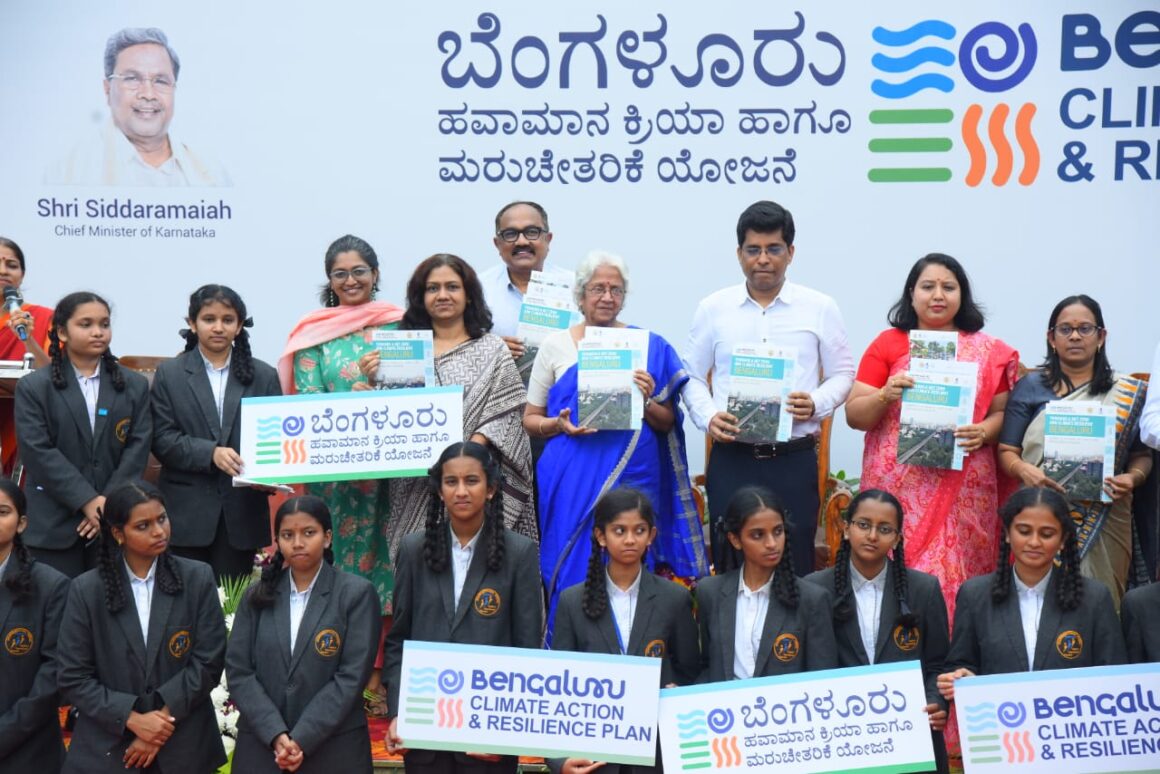Integration of NbS in BCAP
The BCAP highlights the importance of nature-based solutions in adopting climate-aware integrated urban water management, urban planning, greening and bio-diversity measures. The following key sector-wise strategies are covered in BCAP to integrate NbS –
| Sector | Action Track | Goal |
|---|---|---|
| Water, wastewater, and stormwater | Restore and enhance sponge spaces to increase groundwater recharge and decrease storm water runoff through green infrastructure technologies. | 40% of city’s surface area to become permeable by 2040 by reclaiming ecologically sensitive spaces and adopting Nature Based Solutions. |
| Adopt improved technologies and nature-based solutions for efficient and equitable wastewater treatment that are aligned to the city’s mitigation goals. | 95% wastewater treatment with a combination of centralised and decentralised system with about 61% low carbon wastewater treatment technologies by 2050. | |
| Urban Planning, Greening and Biodiversity | Develop climate-resilient and nature integrated plans for the city and city-region through participatory planning practices | All spatial plans and DCRs to adopt climate action as a lens by 2030. |
| Adopt Nature-Based Solutions (NBS) as an urban planning and design tool to improve resilience and livability. |
|
#BlueGreenUru Initiative
Additionally, the #BlueGreenUru initiative was launched by BBMP, to encourage citizens, community-based organisations, resident-welfare associations (RWAs), the private sector and government authorities to participate, contribute and collaborate in conserving, restoring, and integrating Bengaluru’s green spaces and water network. Blue-green infrastructure comprises a combination of blue elements (lakes, rivers, streams & other natural and constructed drainage channels) and green elements (gardens, urban forests, green roofs etc) to serve as a buffer to climate change shocks.

